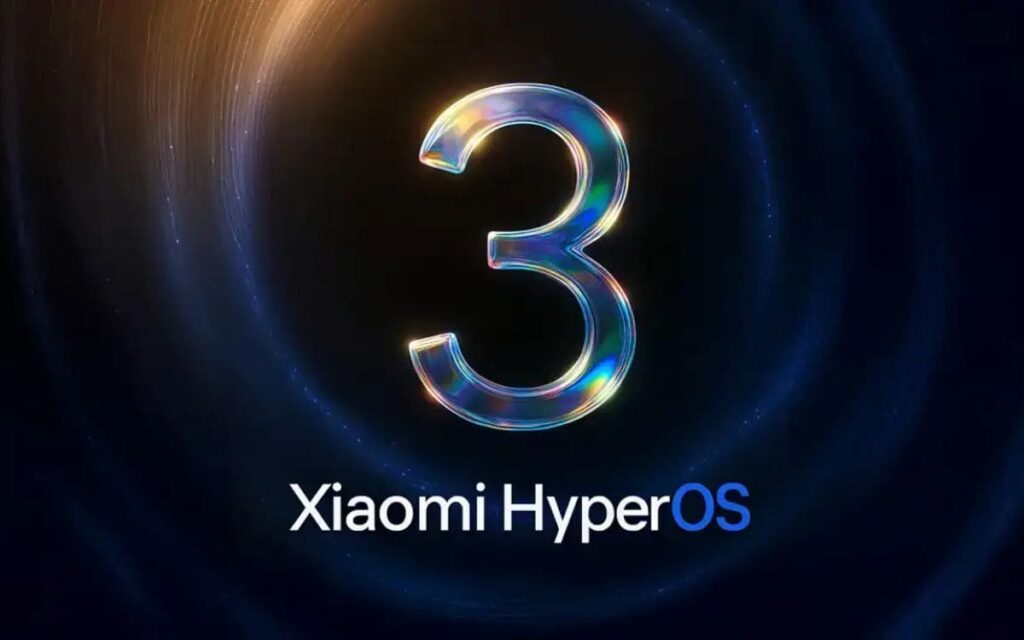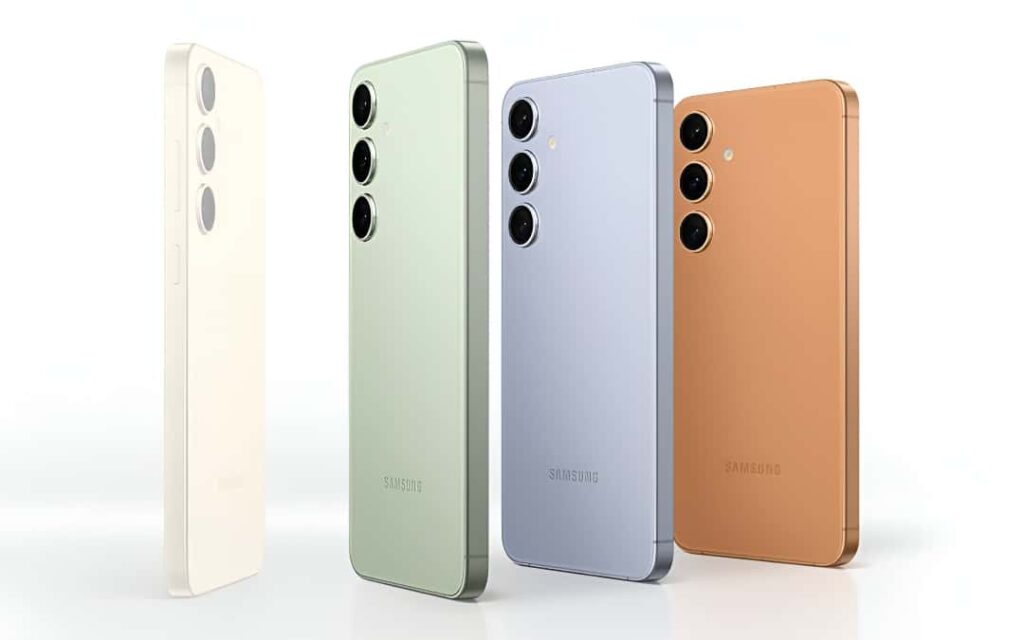Windows 10 bids farewell: The end of an era for Microsoft’s most popular system
It’s official: Microsoft ends support for Windows 10. Ten years after its launch, the iconic operating system reached its end of life (EOL) date on October 14.
This means no more security updates or technical support, although your PC will continue to function normally.
Windows 10 is “dead,” but still usable
Rest assured: your PC won’t stop working overnight. However, as of today, it will no longer receive security patches unless you activate a specific option.
The numbers speak for themselves: according to StatCounter, 40% of Windows PCs worldwide still run Windows 10 — a significant share, especially since Windows 11 has excluded many still-performing computers due to its strict hardware requirements (notably the TPM 2.0 chip).
How to extend Windows 10’s life with the ESU program?
Microsoft provides a way out for those who don’t wish to (or cannot) migrate to Windows 11: the ESU program (Extended Security Updates). This program offers an additional year of security updates until October 2026.
For individuals, there are three ways to access it:
- Link a Microsoft account and back up your data on OneDrive,
- Redeem 1,000 Microsoft Rewards points,
- Pay $30 for manual enrollment.
Businesses, on the other hand, can purchase up to three years of ESU, extending their IT security until 2028.
Even after the official end of support, Microsoft Defender, Microsoft Edge, Chrome, and Microsoft 365 apps will continue to receive security updates for several years.
Windows 10: A game-changing system
Launched in July 2015, Windows 10 aimed to rectify the issues of Windows 8, particularly its tablet-oriented interface.
More importantly, it introduced a new philosophy:
- A free upgrade for Windows 7 and 8 users,
- Continuous updates twice a year,
- And a motto: “Windows 10 will be the last Windows.”
For six years, Microsoft kept this promise: 12 major versions were released between 2015 and 2021, unifying the ecosystem as in the days of Windows XP.
At its peak popularity in 2021, over 82% of Windows PCs were running Windows 10.
From “Windows 10X” to Windows 11
In 2019, Microsoft was working on a variant called Windows 10X, designed for dual-screen devices. The project was eventually scrapped, but its visual innovations — centered Start menu, revamped taskbar, Mica effects — formed the basis for Windows 11, released in October 2021.
Despite this transition, Microsoft continued to update Windows 10:
- Versions 21H2 and 22H2,
- Integration of Copilot in 2023,
- And now, a public ESU program, a first in Windows history.
Windows 10, still alive… for a few more years
Even after this official “death,” Windows 10 is not done yet. With the ESU program, antivirus updates, and browser support, it will remain largely usable until 2026–2028.
However, Microsoft does not hide its preference: migrating to Windows 11 (or acquiring a new compatible PC) is still the ideal scenario.
And for the daring, it’s still possible to install Windows 11 on an unsupported PC — albeit with some limitations on major updates.




